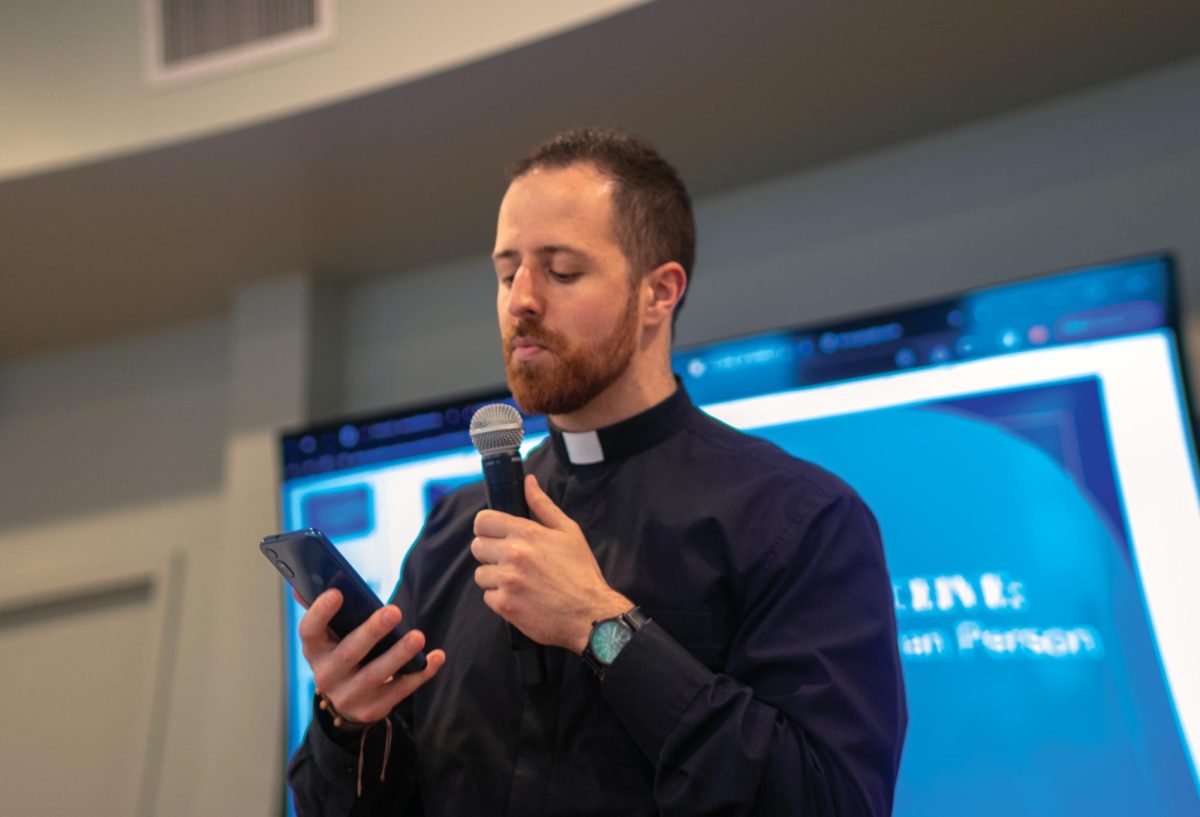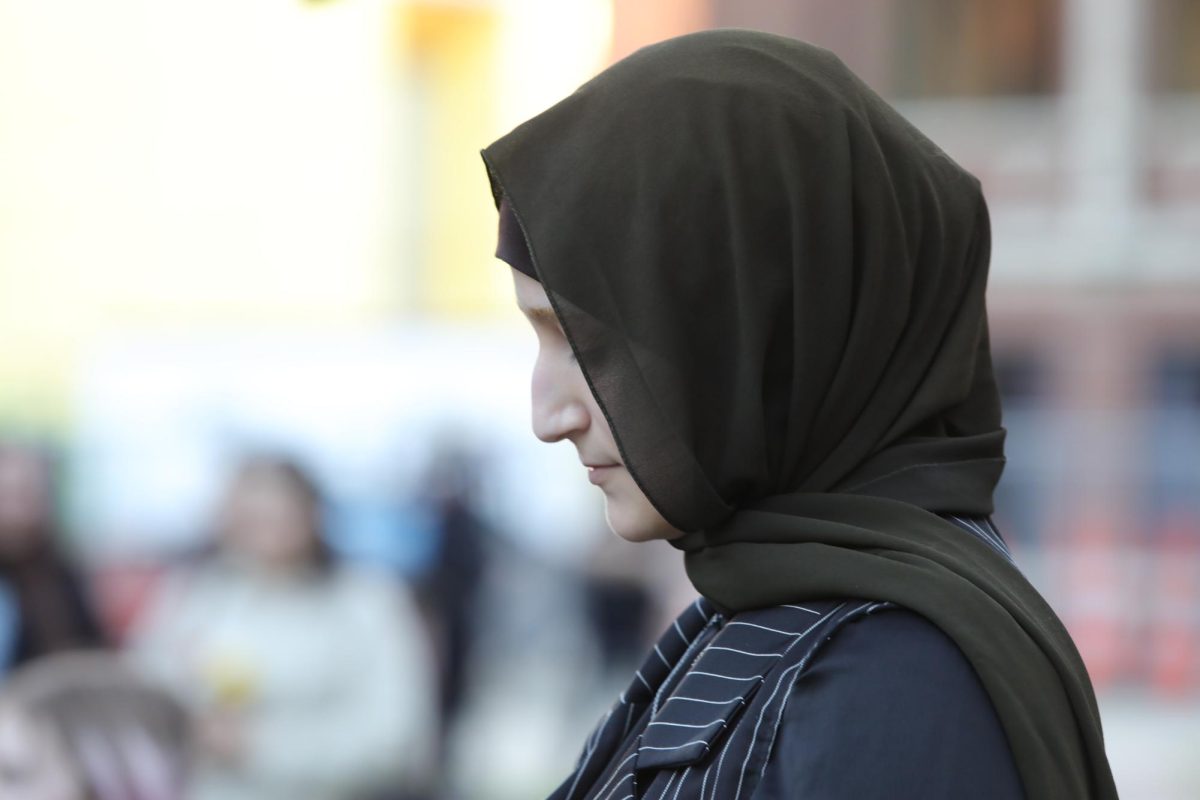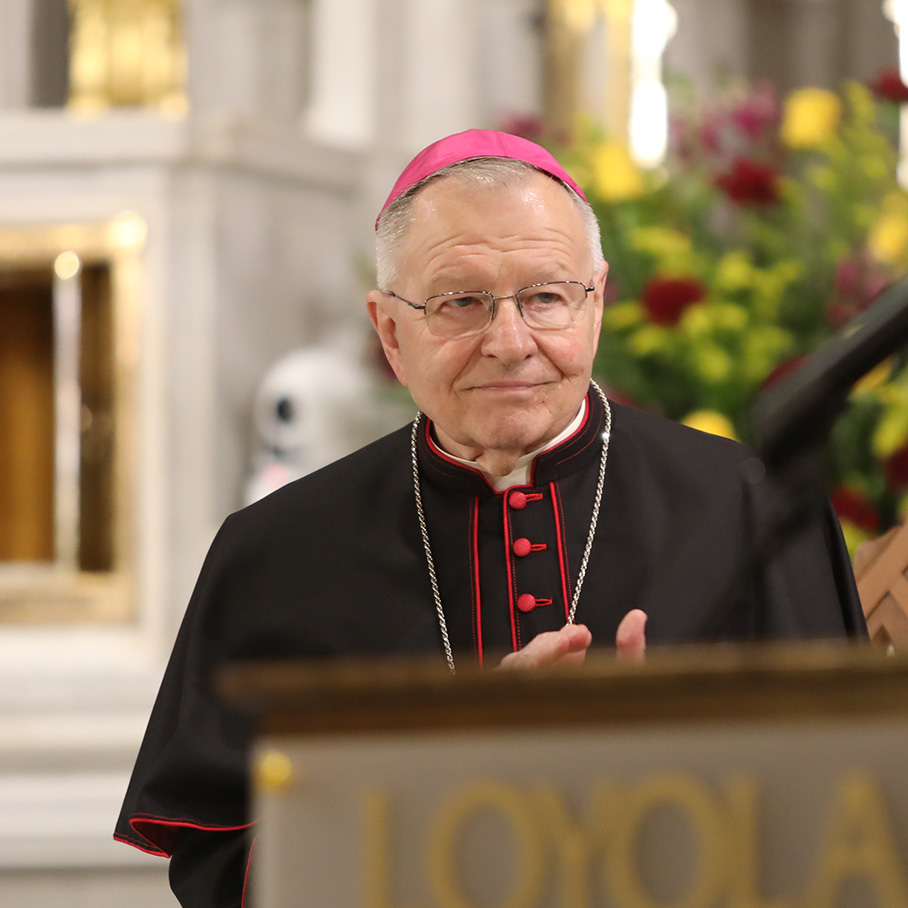Feryal Awan was walking out of her religion class when she noticed some people were shocked to see her. For the first time, she was wearing a black hijab and abaya, a long robe-like garment worn by Muslim women.
“No one saw me as me,” said Awan, psychology freshman. “They saw me as the Muslim girls they see on TV. They were probably wondering if I have bombs attached to me, if I have guns. That day, for the people in this school, I was that girl. I, all of a sudden now, was caged, oppressed and someone to be afraid of.”
Loyola has various groups and offices designed to meet the needs of different faith groups on campus. Organizations encourage the community to accept and understand various faiths. But some, especially Muslims, say they get mixed responses.
Manal Awan, Feryal Awan’s sister and biology sophomore, said some people are reserved with her because she wears a hijab, a headscarf worn by Muslim women.
“I notice the difference in how people treat me in class compared to other girls who don’t wear a hijab,” Awan said. “It’s not like I have felt animosity, just that they are more or less frightened.”
Samuel Bradley, Interfaith coordinator, said Interfaith tries to create as many possibilities of exposure to students as possible, so the likelihood that they do something hateful or harmful is reduced.
“The fear lies in the unknown,” Bradley said. “You tackle it by knowing something: even basic knowledge like treatment of women and purpose of hijab in Islam. It has to be the demystification of a religion that ultimately helps fight the fear.”
A few weeks ago, Interfaith members took a trip to a mosque. It helped explain aspects of Islam, Bradley said.
Jessica Sturino, business general studies freshman, also visited a mosque as part of her Introduction to World Religions class. She met with the imam, the leader of a prayer in a mosque, to discuss Islamic teachings.
“Things like that (women wearing a hijab and abayas) make people afraid, but I don’t know if it’s because of the university or just the culture we are raised in, especially since 9/11,” Sturino said.
Nadia Samad, biology pre-med senior, wears a hijab and said she hasn’t felt discrimination at Loyola.
“I had a professor who was rather protective of me,” Samad said. “She would always make sure I was okay and wasn’t being shoved underneath the rugs. Besides, I participate a lot in classes so everyone knows who I am.”
Aaron Spevack, assistant professor of religious studies and practicing Muslim, said he has had more students at Loyola who were concerned about prejudices against Muslims as compared to other colleges he has been to.
Manal and Feryal Awan, however, didn’t wear their abayas again. They said they are not angry, just sad.
“Most of the students here don’t even know why they should be afraid,” Feryal Awan said. “I know for a fact that they don’t think every Muslim is a terrorist and they can tell you that themselves. But you can sit in class and say, oh yeah, they are not really oppressed and dangerous. But when it comes in front of you, it’s like you don’t know the difference anymore.”
Zainab Aziz can be reached at







